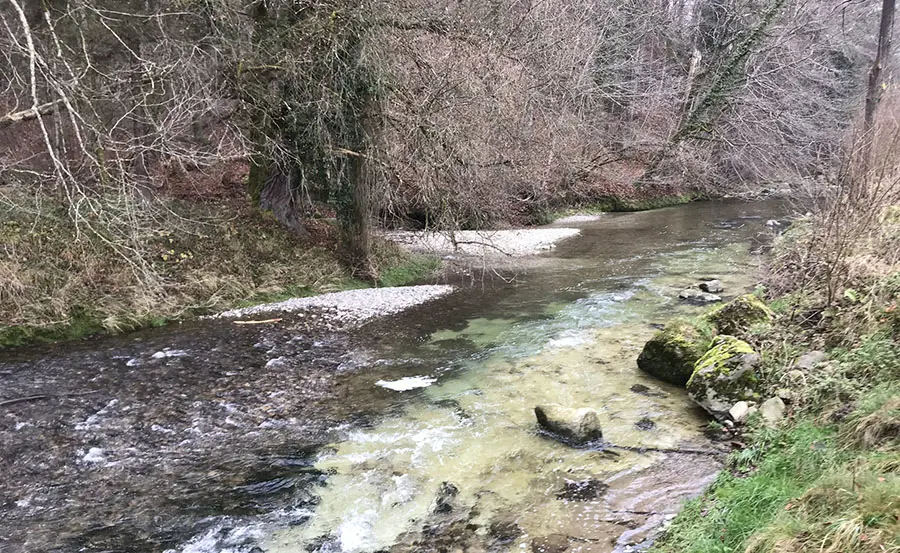
Assessment of the effects of wastewater treatment plant effluents on receiving streams using oligochaete communities
This study is part of the EcoImpact 2.0 project whose aim is to assess the ability of diverse biological tools to detect the effects of wastewater treatment plant (WWTP) effluents on receiving streams and to monitor the impacts of the WWTPs following their upgrading.
The porous matrix (including coarse surface sediments and the hyporheic zone) tends to store pollutants. However, the hydrological exchange between the surface water and the groundwater mostly occurs through this compartment. Such vertical exchange contributes to the self-purification of streams, therefore excessive infiltration can lead to groundwater contamination. It is therefore essential for environmental monitoring programs to consider the dynamics of the vertical hydrological exchange and the biological quality of the porous matrix.
The functional trait (FTR) method, which is based on the study of oligochaete communities in coarse surface sediments and in the hyporheic zone, was proposed as a tool to simultaneously assess the effects of pollutants present in the porous matrix and the dynamics of hydrological exchange between surface water and groundwater. This method has been can thereby distinguish between preserved and anthropogenically altered sites and, in particular, assess the effects of discharges from WWTPs and combined sewer overflows on the receiving streams (Lafont et al., 2010; Vivien et al., 2019).
In this project, we test the FTR method as a tool to detect the effects of effluents from three WWTPs on the biological quality and the functioning of the receiving streams and to monitor the impacts of these WWTPs following their upgrading.
References
Vivien, R., Lafont, M., Werner, I., Laluc, M., & Ferrari, B. J. D. (2019). Assessment of the effects of wastewater treatment plant effluents on receiving streams using oligochaete communities of the porous matrix. Knowledge and Management of Aquatic Ecosystems, 265(420), 18. doi.org/10.1051/kmae/2019011 , Institutional Repository
Lafont, M., Jézéquel, C., Vivier, A., Breil, P., Schmitt, L., Bernoud, S. (2010) Refinement of biomonitoring of urban water courses by combining descriptive and ecohydrological approaches. Ecohydrology & Hydrobiology 10: 3-11

